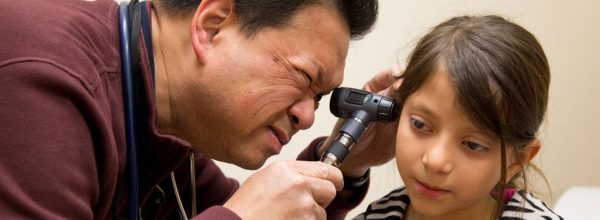Pharmaceutical therapy is a vital part of healthcare, yet there are significant gaps between primary care and pharmacy services.
About a quarter of first-time prescriptions are never filled, and an additional 30-40% of chronic disease medications are discontinued, taken incorrectly, or not picked up on time by patients. Three out of four respondents to a national survey reported forgetting to take, not refilling, or discontinuing medications.
Coordination of care between pharmacy and primary care could result in cost savings and improvements to patient care. An estimated $213 billion – or nearly 8% of healthcare spending in the U.S. – could be saved each year through improving prescription management, enhancing medication adherence, and reducing medication errors. Improved medication management would also improve clinical quality. Three-quarters (76%) of adverse drug events resulting in hospitalizations are judged to be preventable.
Integration of pharmacy and primary care seeks to remedy a number of important gaps, including barriers to accessing medications, suboptimal dosing or choices of medication, drug interactions, patient lack of understanding, and errors resulting from broken communication between pharmacy and primary care. To address these barriers, we explored a number of pharmacy integration strategies in the full report. Similar to previous findings, many of the innovations, models and interventions described in this section cross over multiple domains in the conceptual framework.





